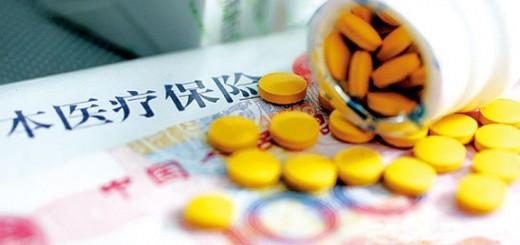| Share This Article
Research Frontiers of Medicinal Plants |
||
| DOWNLOAD |
|
Downloads Pharmacological Review of Ginsenoside Dammarane Saponin Rh2 Downloads Pharmacological Review of Ginsenoside Dammarane Saponin Rg1 Downloads Pharmacological Review of Ginsenoside Dammarane Saponin Rb1 Downloads Pharmacological Review of Aglycon Dammarane Sapogenin (AGS) – Protopanaxatriol (PPT) Downloads Pharmacological Review of Aglycon Dammarane Sapogenin (AGS) – Protopanaxadiol (PPD) |
Dripping pill can be an effective drug delivery method for oral dammarane sapogenins
Dammarane sapogenins (protopanaxadiol/PPD and protopanaxatriol/PPT) are the end metabolites of ginsenosides, with the removal of sugar side chains. A number of cell-culture, animal, and human studies have confirmed that PPD and PPT are at least 5~10 times as active as their precursor saponins. However, dammarane sapogenins are lipophilic and not water-soluble, therefore, its oral absorption in traditional preparations is poor. Researchers from China Medical Science Academy found that the bioavailability of oral PPD is poor, due to its poor solubility and first-pass effect in the liver. Therefore, a new drug delivery method is needed to improve PPD’s absorption. Dripping pill is a novel drug delivery method using solid dispersion and cosolvency technologies. Dripping pill uses water-miscible matrix to completely dissolve insoluble compounds. When the mixture solidifies to form micropills through dripping, the medicinal compounds are embedded in the matrix in a molecular form (solid dispersion). When the dripping pill dissolves, the matrix will help herbal compounds solublize in aqueous environment (Cosolvency), and ready for rapid absorption by oral mucosa and GI tract. This method is especially useful for hydrophobic herbal ingredients, which has a low solubility in GI tract despite high transepithelial permeability. Due to above obvious advantages, dripping pills could be an effective drug delivery method for dammarane sapogenins. In dripping pills, the microcrystals of lipophilic PPD or PPT are surrounded tightly by water-soluble matrix. Dripping pill formulation will greatly increase the solubility of PPD or PPT because its water-soluble matrix forms a homogeneous suspension with PPT or PPT, giving the latter a good access to epithelial cells of the GI tract. If taking sublingually, its bioavailability and blood concentration will be further increased due to the prevention of the first-pass effect by the liver, resulting in a satisfied clinical efficacy. [Polybasic research on the biopharmaceutical characteristics of 20 (S)-protopanaxadiol]. |








